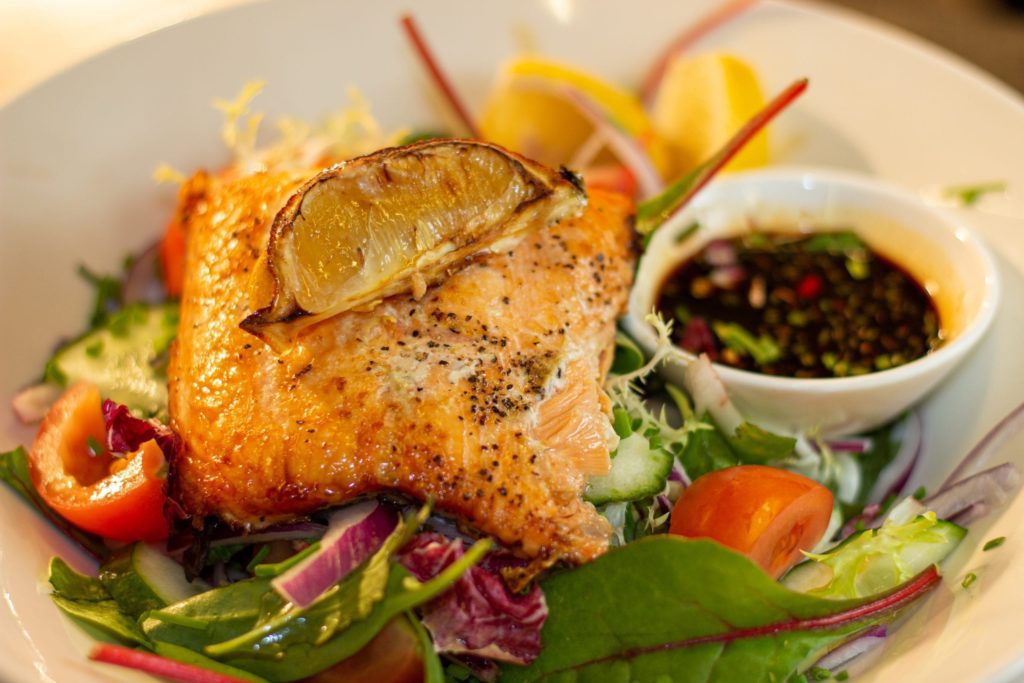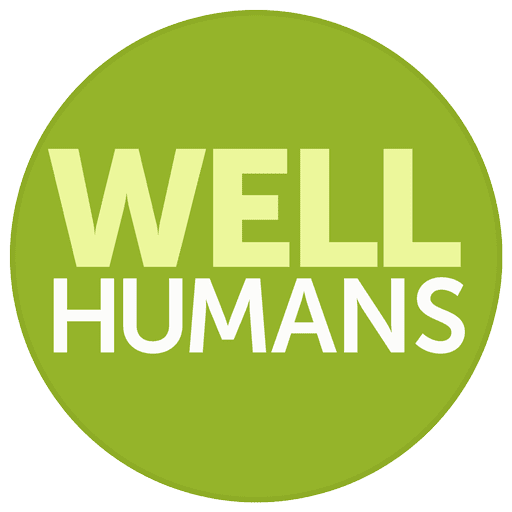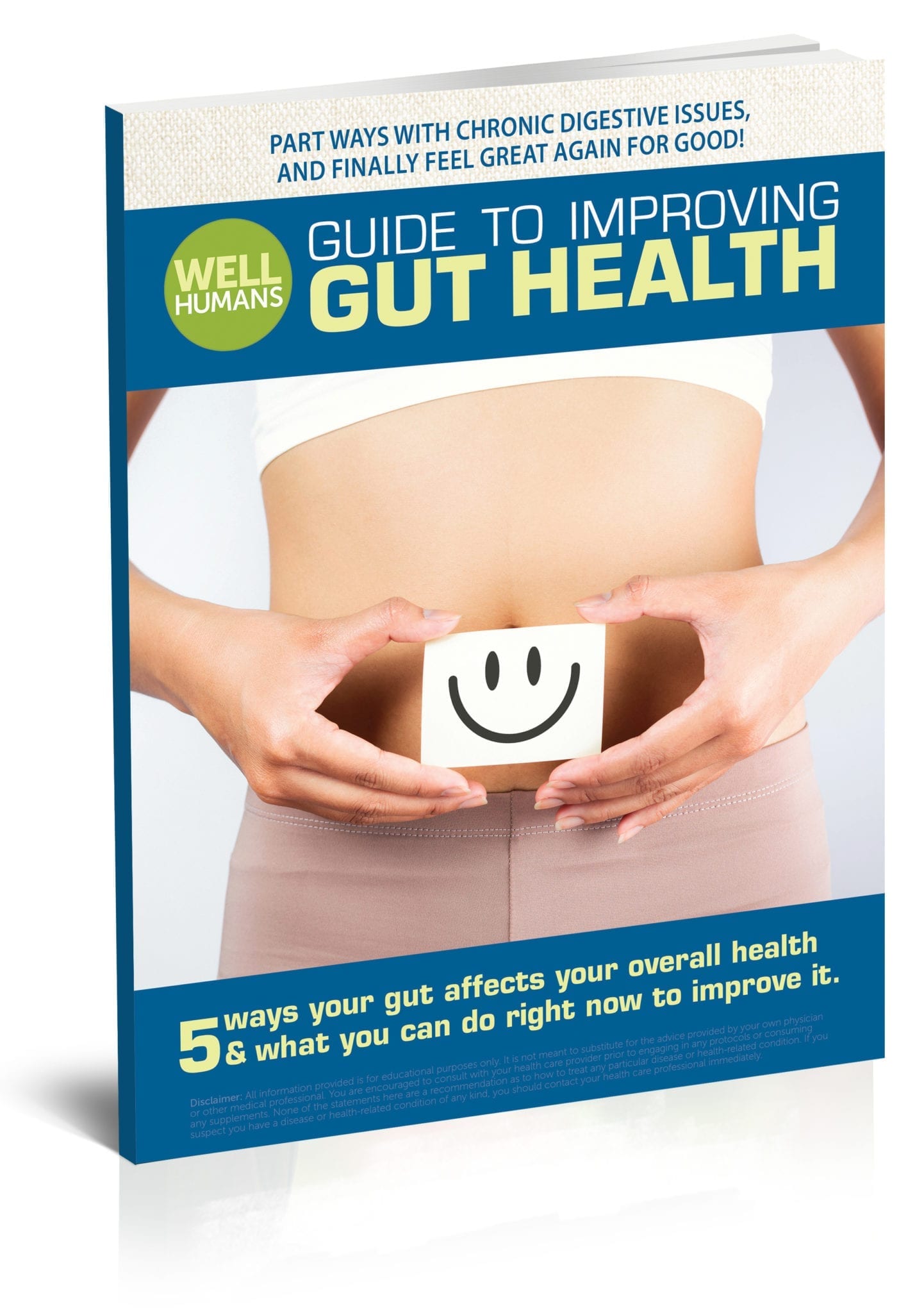 If you have an autoimmune disease, your doctor might have recommended to change your diet. Typically, you will start with an elimination diet so that you can figure out which foods trigger your symptoms. A popular option is to start with the autoimmune protocol diet, or AIP.
If you have an autoimmune disease, your doctor might have recommended to change your diet. Typically, you will start with an elimination diet so that you can figure out which foods trigger your symptoms. A popular option is to start with the autoimmune protocol diet, or AIP.
What is this Diet?
As with any new diet you try, the very first step is understanding what the diet is and why you follow certain rules of that diet. With the Autoimmune Protocol diet, you are both doing it to help shed some pounds, as well as help reducing inflammation in your body. Therefore, you may be recommended to do this diet by your doctor if you struggle with an autoimmune disorder.
What is the Autoimmune Protocol Diet?
The Autoimmune Protocol diet, or AIP, is a type of restrictive diet meant to help you use food as medicine. That is the basic principle of the AIP diet. You are gaining a new relationship with the food you eat by focusing more on what is going to heal your body and reduce inflammation naturally, as opposed to taking a bunch of medications for reducing inflammation. This doesn’t mean your doctor will remove all medications, but it might help with any autoimmune conditions you are experiencing. When you start the Autoimmune Protocol diet, you will be given a list of foods you can eat, and some you will now need to avoid. This is similar as any other diet you begin. With the AIP, the foods not allowed are those known to cause inflammation and gut dysfunction in your body. You will be allowed foods that provide a lot of important nutrients to help heal your body from the inside out. Keep in mind you may not need to stick to the Autoimmune Protocol diet for the rest of your life. In many cases, your doctor will have you try it out to help with immune or gut health issues, then once your body has shown improvements, you can begin adding in some other foods.
It is a Good Option for You?
The AIP diet can be a great option for many different people, especially if you have an autoimmune disorder, and if you feel that some of your symptoms or physical ailments are related to certain types of food sensitivities.
You might want to try the autoimmune protocol diet if you have:
- Gut or digestive issues.
- Hormonal imbalance.
- Weakened immune system.
- Lack of proper vitamins and minerals.
What are the Diet Details?
Let’s start with what you are able to eat while doing the AIP diet. This is definitely the most commonly asked question of people who are considering it.
Here is a list of foods to add to your diet when you do the Autoimmune Protocol.
- Fruits in limited quantities: stick to no more than 20 grams of sugar a day, looking for low-sugar fruits like berries
- Vegetables: eat most vegetables, except nightshades like tomatoes and white potatoes
- Fermented foods: kombucha, coconut kefir, fermented vegetables
- Meat, poultry and seafood: look for meat and seafood that is grass-fed and pasture-raised only, with seafood being wild-caught, not farmed
- Bone broth
- Green tea and herbal teas (no seeded teas)
- Coconut products: coconut oil, milk, shredded coconut (no coconut sugar)
- Healthy fats: olive oil, coconut oil, avocado, cultured ghee
- Natural sweeteners: in limited quantities, enjoy maple syrup and raw honey
- Vinegars: red wine vinegar, balsamic with no sugar added, apple cider vinegar
- Herbs without seeds: basil, mint, oregano, rosemary, turmeric, ginger, cinnamon, tarragon
The majority of what you can eat includes foods you can forage, hunt, or grow, with some exceptions. The list above provides a well-balanced diet as long as you try to include most or all of these foods on a regular basis. You can also personalize the AIP diet as well for best results.
What You Shouldn’t Eat
Now for the part that isn’t quite as fun—learning about the foods you should not be eating while doing the AIP diet. The following provides some information about what you should avoid eating on the Autoimmune Protocol. Much of this you probably figured out based on the previous section about foods that are allowed on the diet. Before getting into the list, here is where the main difference comes in between Paleo and the Autoimmune Protocol diet: you can’t have nuts and seeds. On the Paleo diet, you can have foods you are able to gather or forage, including nuts and seeds, but you should avoid them while doing the AIP diet.
Now for the rest of the list:
- Eggs: avoid all use of eggs, since they don’t help with your gut health
- Dairy: don’t eat any dairy products, including nut milk
- Nightshade vegetables: most vegetables are allowed, except for nightshades like tomatoes, potatoes, eggplant, and peppers
- Grains: grains are not allowed, including wheat, corn, millet, rye, spelt, oats, rice, and others
- Beans and legumes: no beans or legumes on the AIP diet, like pinto, black, soy, kidney, and others
- High-sugar fruits: enjoy low-sugar fruits with just 1-2 servings a day, but avoid fruits with a high amount of fructose
- Gum
- Processed foods
- Alcohol
- Chocolate
- Herbs from seeds: mustard, dill seed, nutmeg, fenugreek, cardamom, fennel, cumin
This list can be a little overwhelming when you first read it, but focus more on what you are allowed to have. When you cook with mainly whole and fresh foods, you feel better, lose weight, and help with your autoimmune and gut disorders at the same time. It’s a good thing!





